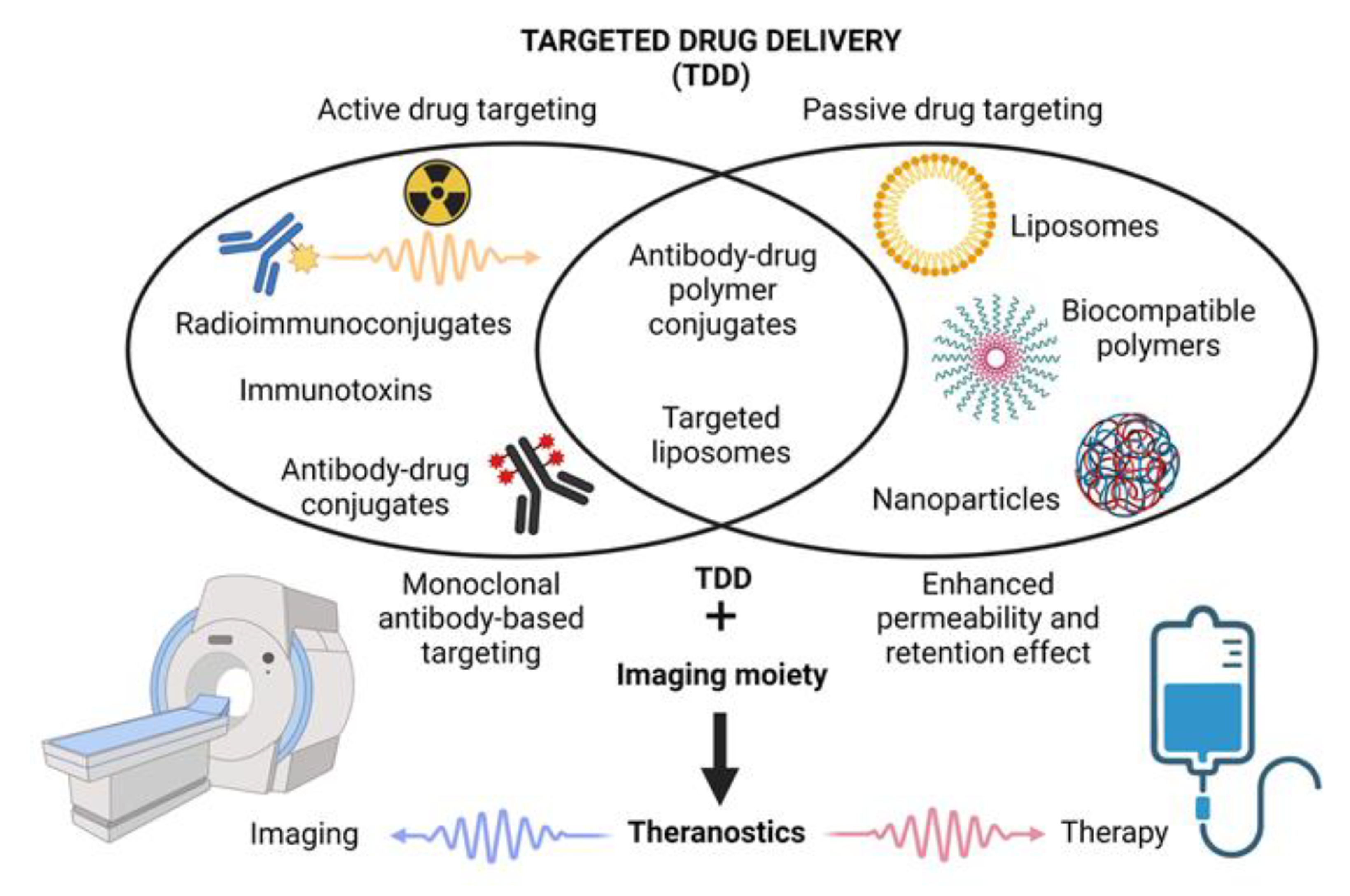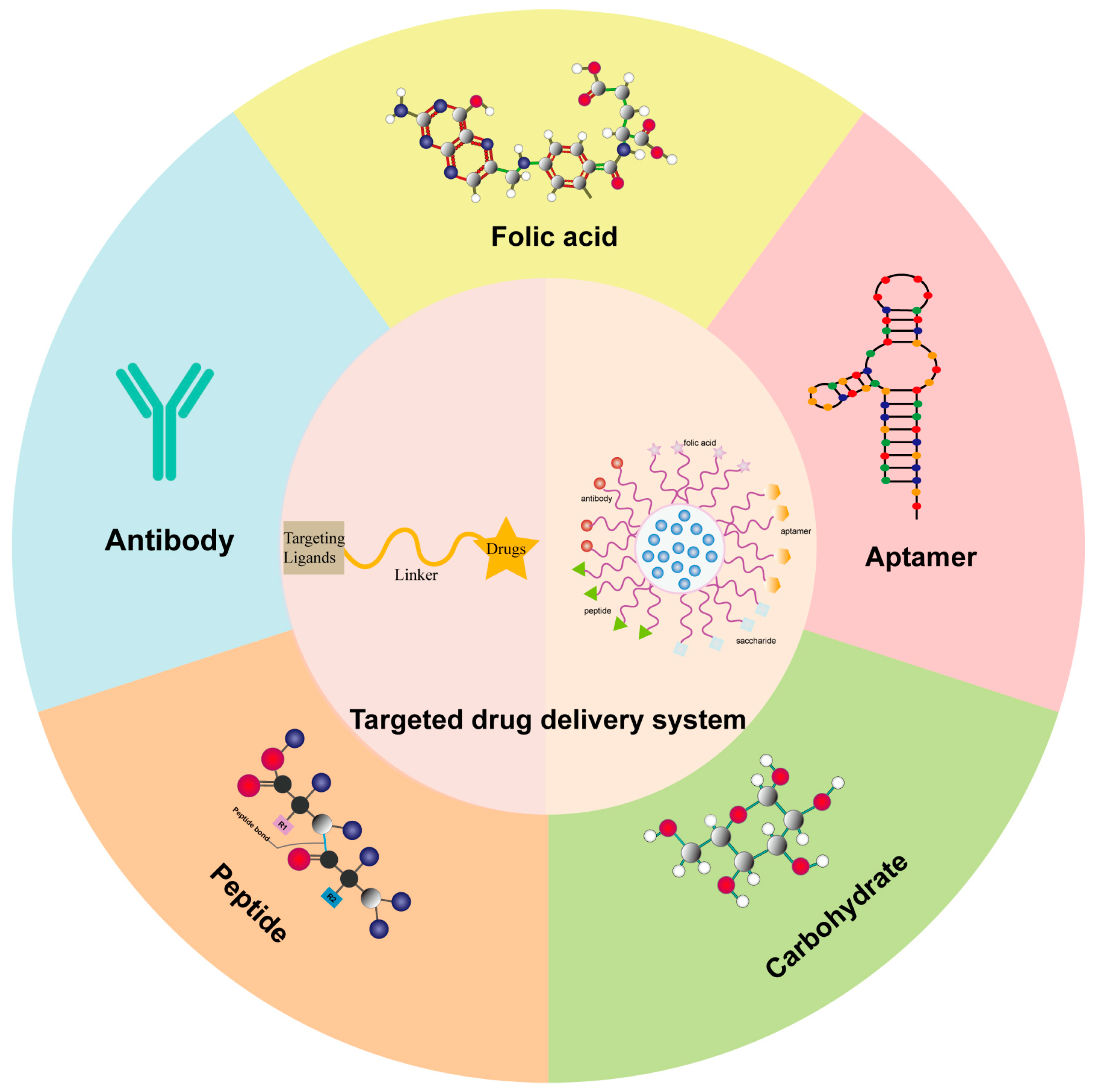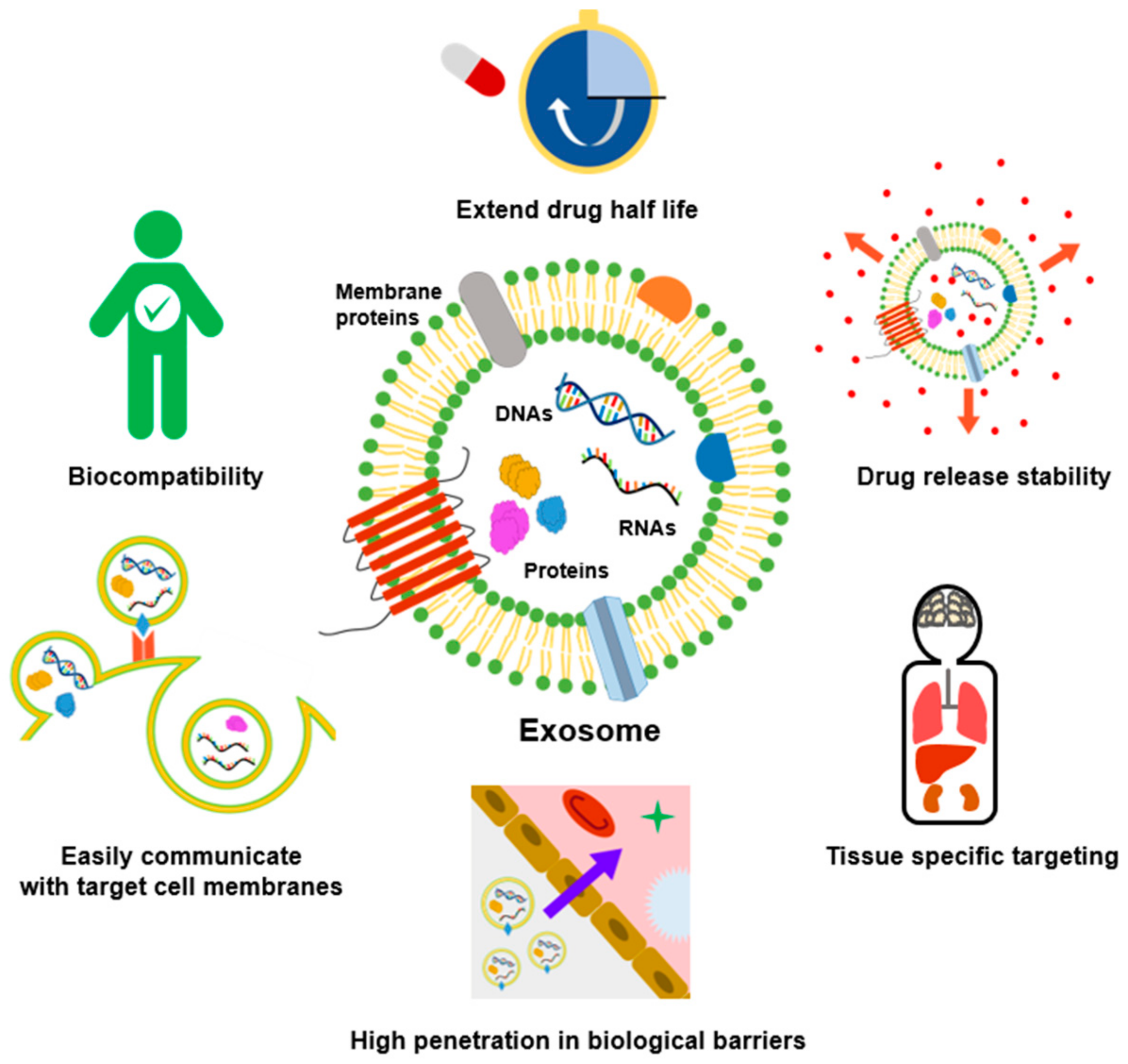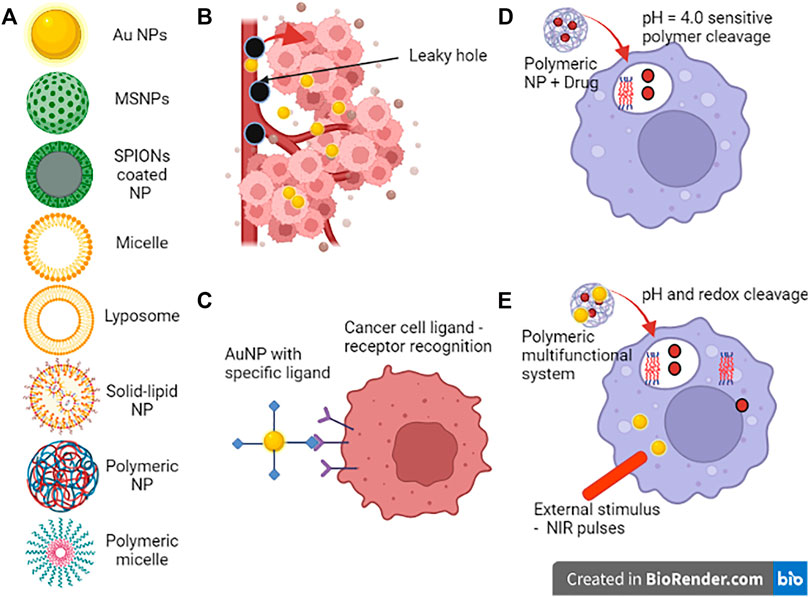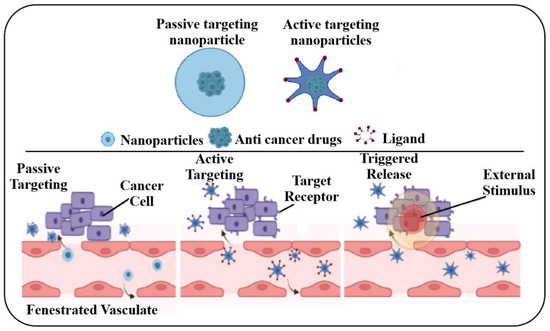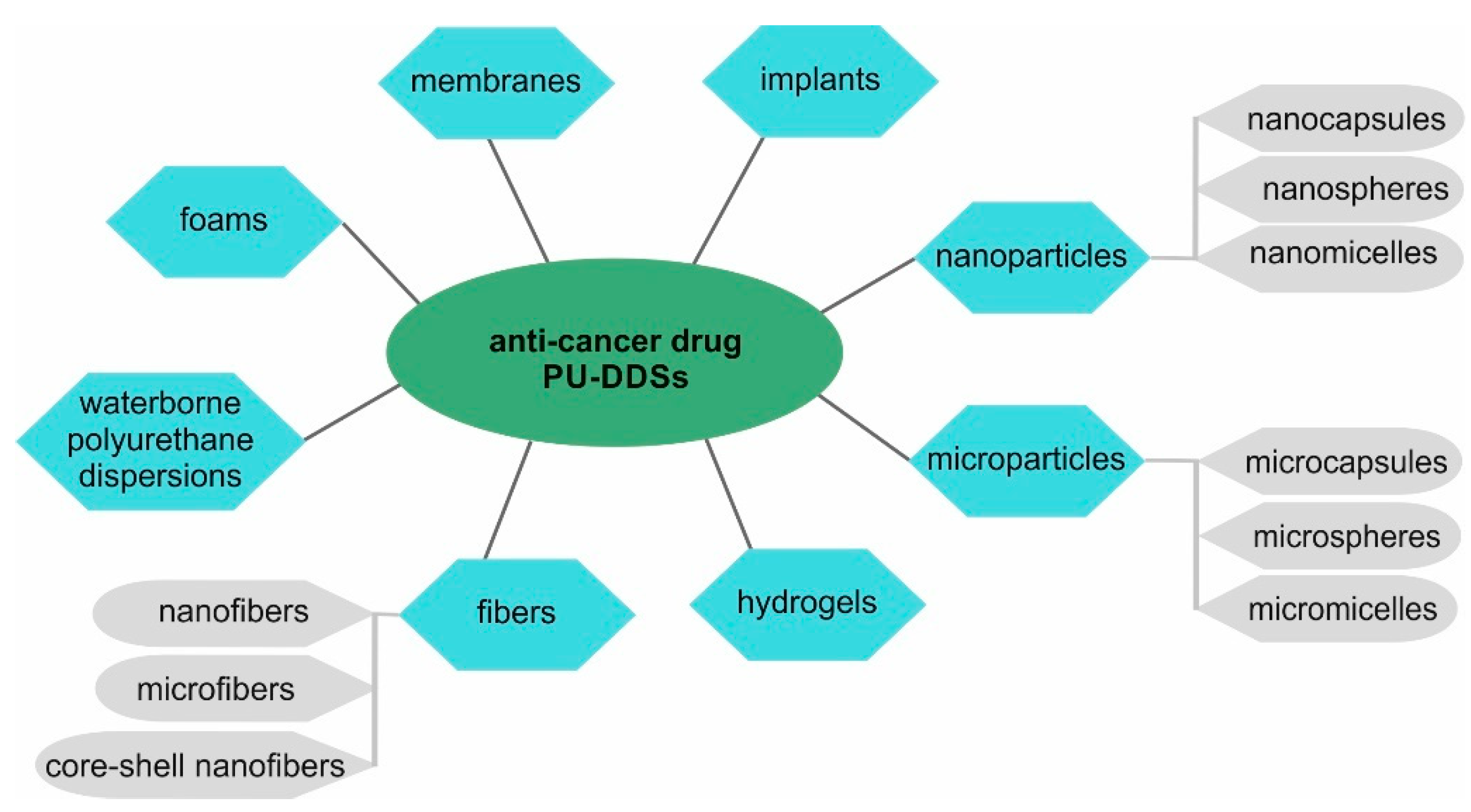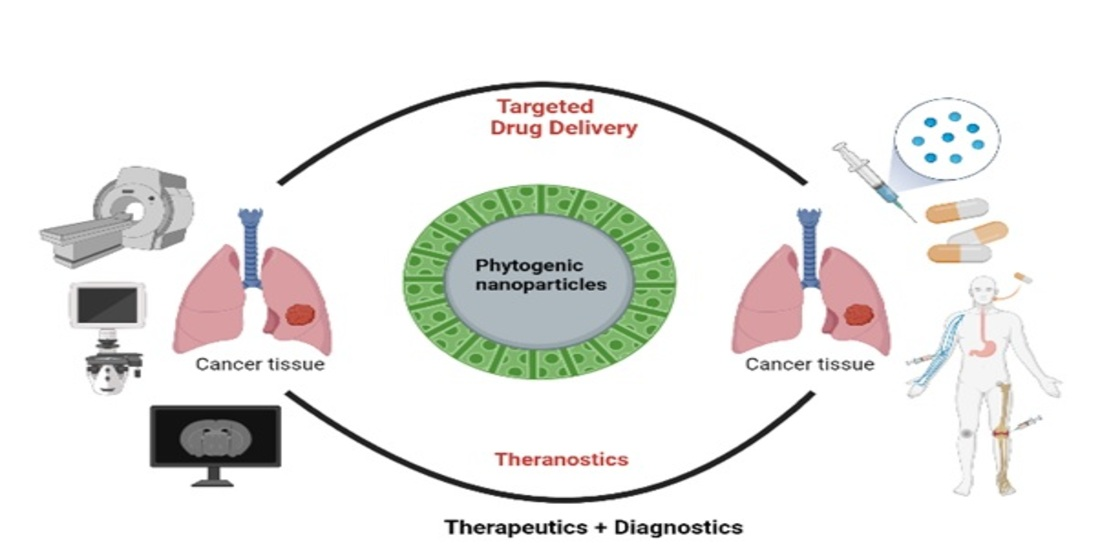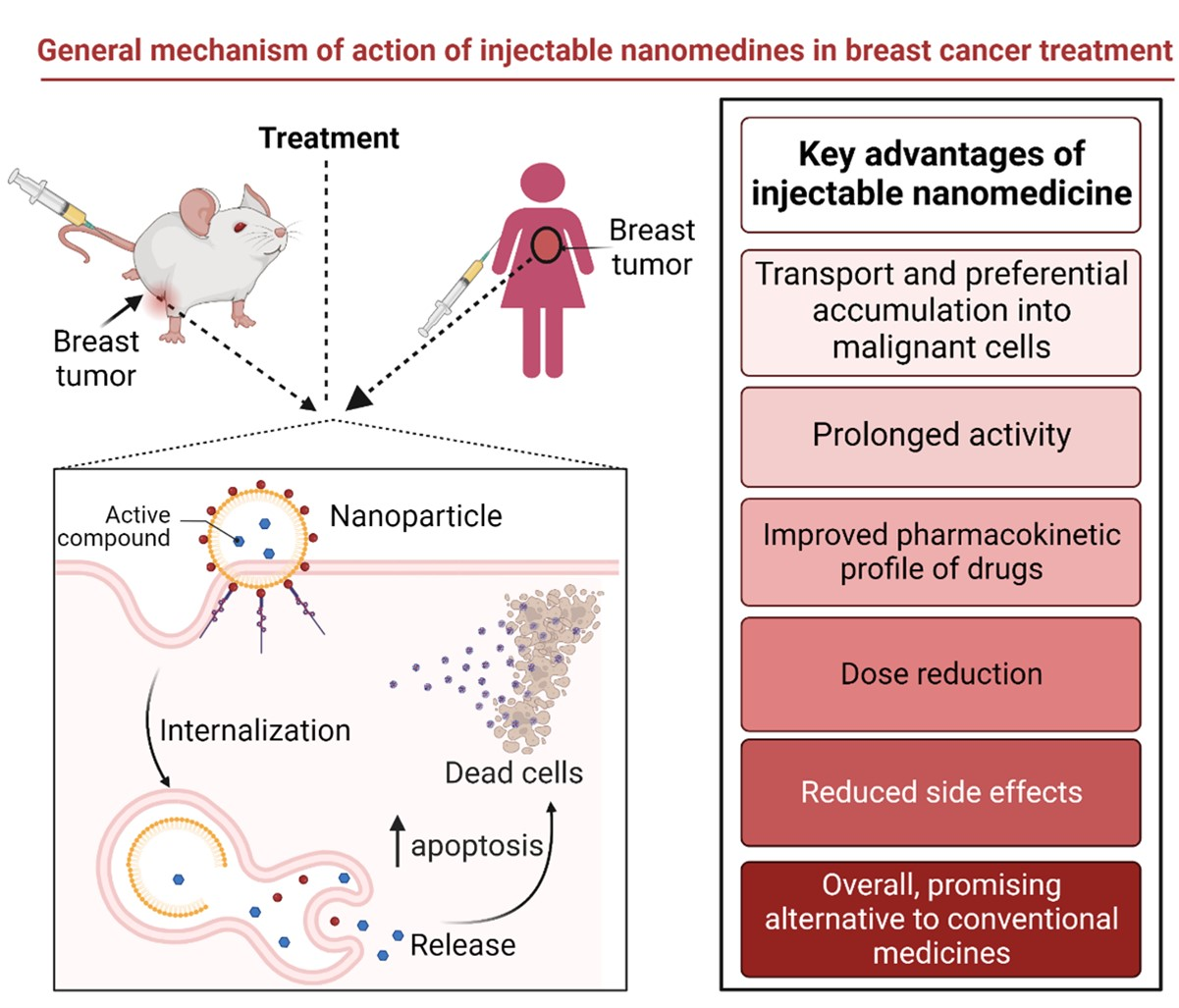Cancer Drug Delivery And Targeting Comprehensive Review

The fight against cancer is a relentless pursuit, demanding constant innovation in treatment strategies. A comprehensive review recently published in a leading medical journal sheds light on the latest advancements and challenges in cancer drug delivery and targeting, offering a vital resource for researchers, clinicians, and patients alike.
This in-depth analysis, meticulously compiled by a team of experts from multiple institutions, evaluates the current landscape of targeted therapies, exploring novel approaches designed to maximize drug efficacy while minimizing harm to healthy tissues. The findings underscore both the significant progress made and the remaining hurdles in achieving truly personalized and effective cancer treatments.
The Core of Targeted Therapies
At the heart of this review lies the concept of targeted drug delivery. This involves directing therapeutic agents specifically to cancer cells, distinguishing them from normal cells, and reducing the systemic toxicity often associated with traditional chemotherapy.
Various strategies are employed, including nanoparticles, antibodies, and viral vectors, each with its own strengths and limitations. The choice of delivery method depends on factors such as the type of cancer, its location in the body, and the characteristics of the drug itself.
Nanoparticles: A Versatile Tool
Nanoparticles, minuscule particles engineered to carry drugs, represent a promising avenue in targeted delivery. They can be designed to accumulate selectively in tumor tissues due to leaky vasculature and impaired lymphatic drainage, a phenomenon known as the enhanced permeability and retention (EPR) effect.
Furthermore, nanoparticles can be modified with targeting ligands, molecules that bind specifically to receptors overexpressed on cancer cells. This allows for even greater precision in drug delivery.
Antibody-Drug Conjugates (ADCs): Precision Strikes
Antibody-drug conjugates (ADCs) combine the specificity of antibodies with the potent cytotoxic effects of chemotherapy drugs. The antibody recognizes and binds to a specific antigen on the surface of cancer cells, delivering the drug directly to the tumor.
This approach minimizes exposure of healthy tissues to the toxic drug, reducing side effects and improving the therapeutic index. Several ADCs have already been approved for use in treating various cancers, demonstrating the clinical potential of this strategy.
Viral Vectors: Gene Therapy Potential
Viral vectors, modified viruses that can deliver genetic material into cells, are being explored as a means of gene therapy for cancer. These vectors can be engineered to selectively infect cancer cells and deliver genes that either kill the cells directly or make them more susceptible to chemotherapy.
While viral vectors hold great promise, challenges remain in ensuring their safety and efficacy, as well as preventing the development of immune responses. Research is ongoing to overcome these hurdles and realize the full potential of viral vector-based therapies.
Challenges and Future Directions
Despite the advancements in targeted drug delivery, significant challenges persist. One major hurdle is the heterogeneous nature of tumors, which can exhibit varying levels of drug sensitivity and resistance.
Furthermore, the tumor microenvironment, the complex ecosystem surrounding cancer cells, can impede drug penetration and efficacy. Overcoming these challenges requires a deeper understanding of tumor biology and the development of more sophisticated drug delivery strategies.
The review emphasizes the need for personalized medicine approaches, tailoring treatment strategies to the individual characteristics of each patient's cancer. This includes using advanced diagnostics to identify specific biomarkers that can predict drug response and guide treatment decisions.
Additionally, the development of multifunctional nanoparticles that can simultaneously target, image, and deliver drugs is a promising area of research. These so-called "theranostic" nanoparticles could enable real-time monitoring of drug delivery and response, allowing for adaptive treatment adjustments.
"The future of cancer therapy lies in the development of highly selective and effective targeted drug delivery systems,"stated Dr. Emily Carter, lead author of the review and a professor of oncology at the University of California, San Francisco. "This comprehensive analysis provides a roadmap for researchers and clinicians to navigate the complexities of this field and accelerate the development of new and improved cancer treatments."
Impact and Significance
The publication of this review holds significant implications for the cancer research community and beyond. It serves as a valuable resource for researchers seeking to identify promising new targets and develop innovative drug delivery strategies.
Clinicians can benefit from the insights provided, gaining a better understanding of the latest advancements in targeted therapies and how to integrate them into their clinical practice. For patients, this review offers hope that more effective and less toxic cancer treatments are on the horizon.
While targeted drug delivery is not a silver bullet, it represents a significant step forward in the fight against cancer. By continuing to invest in research and development in this area, we can pave the way for a future where cancer is a manageable, rather than a life-threatening, disease.



